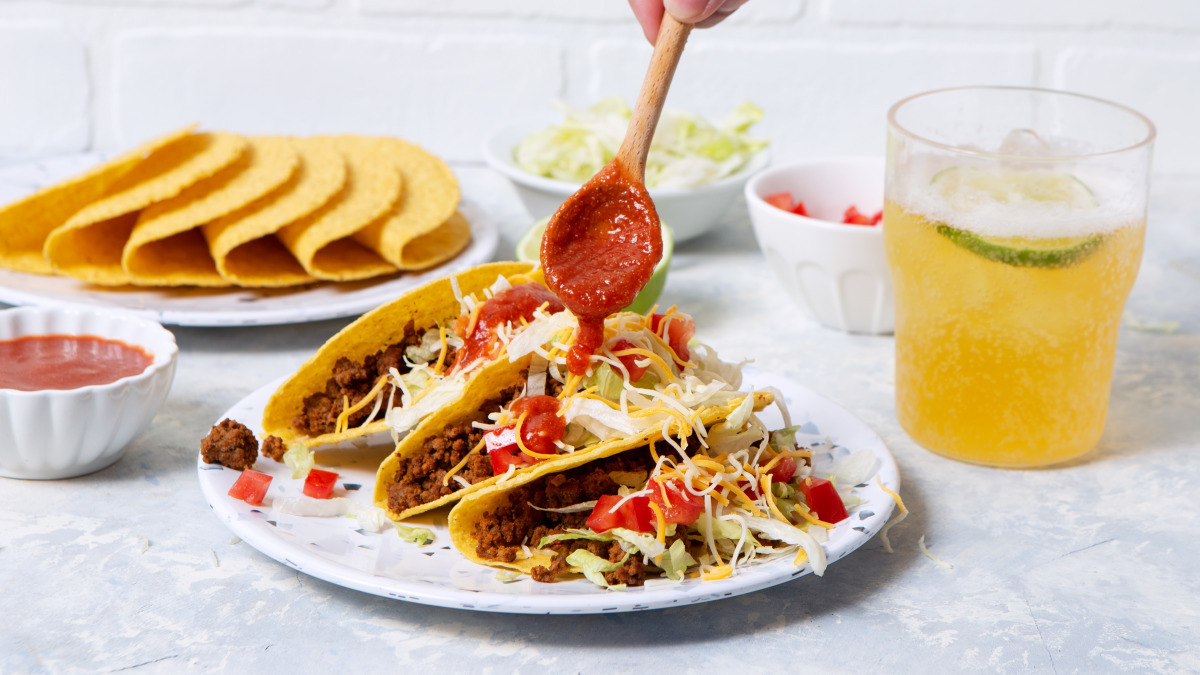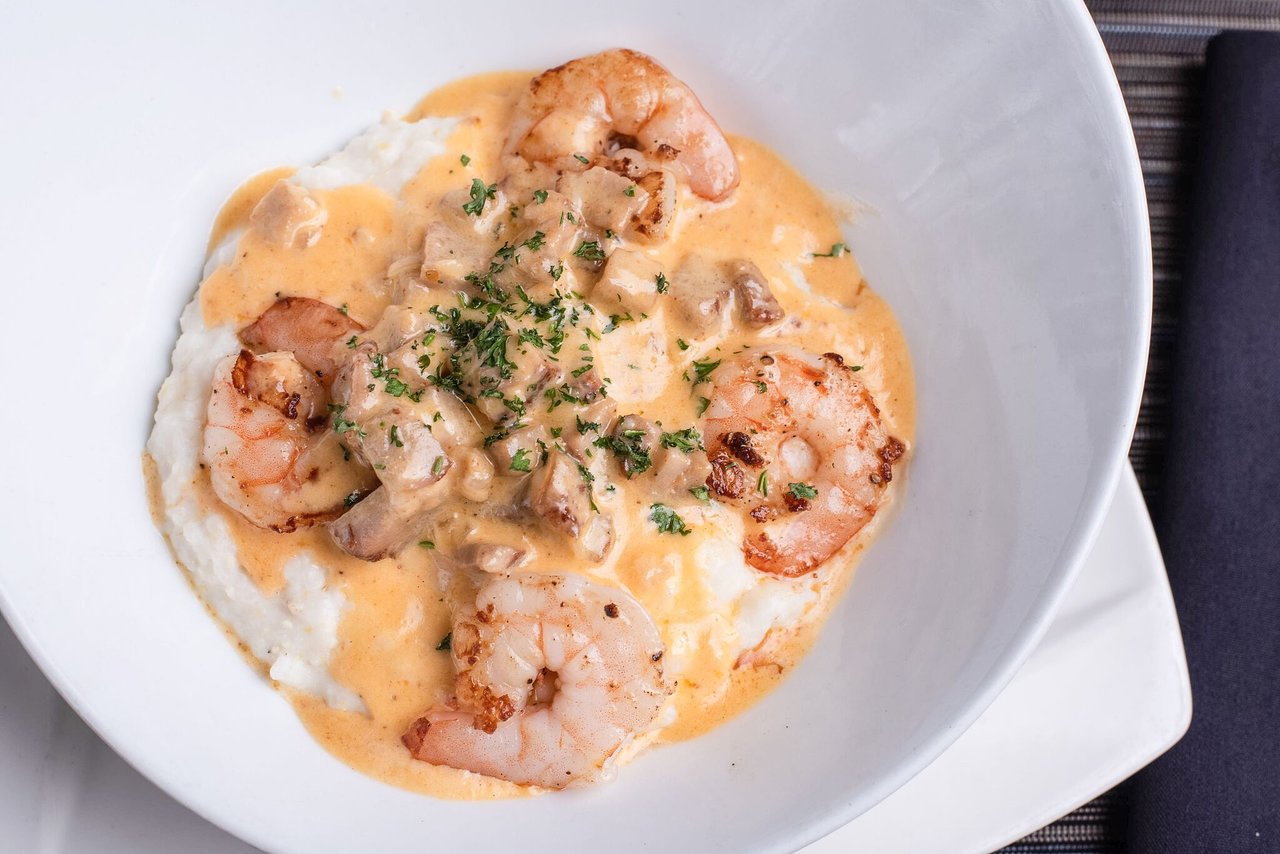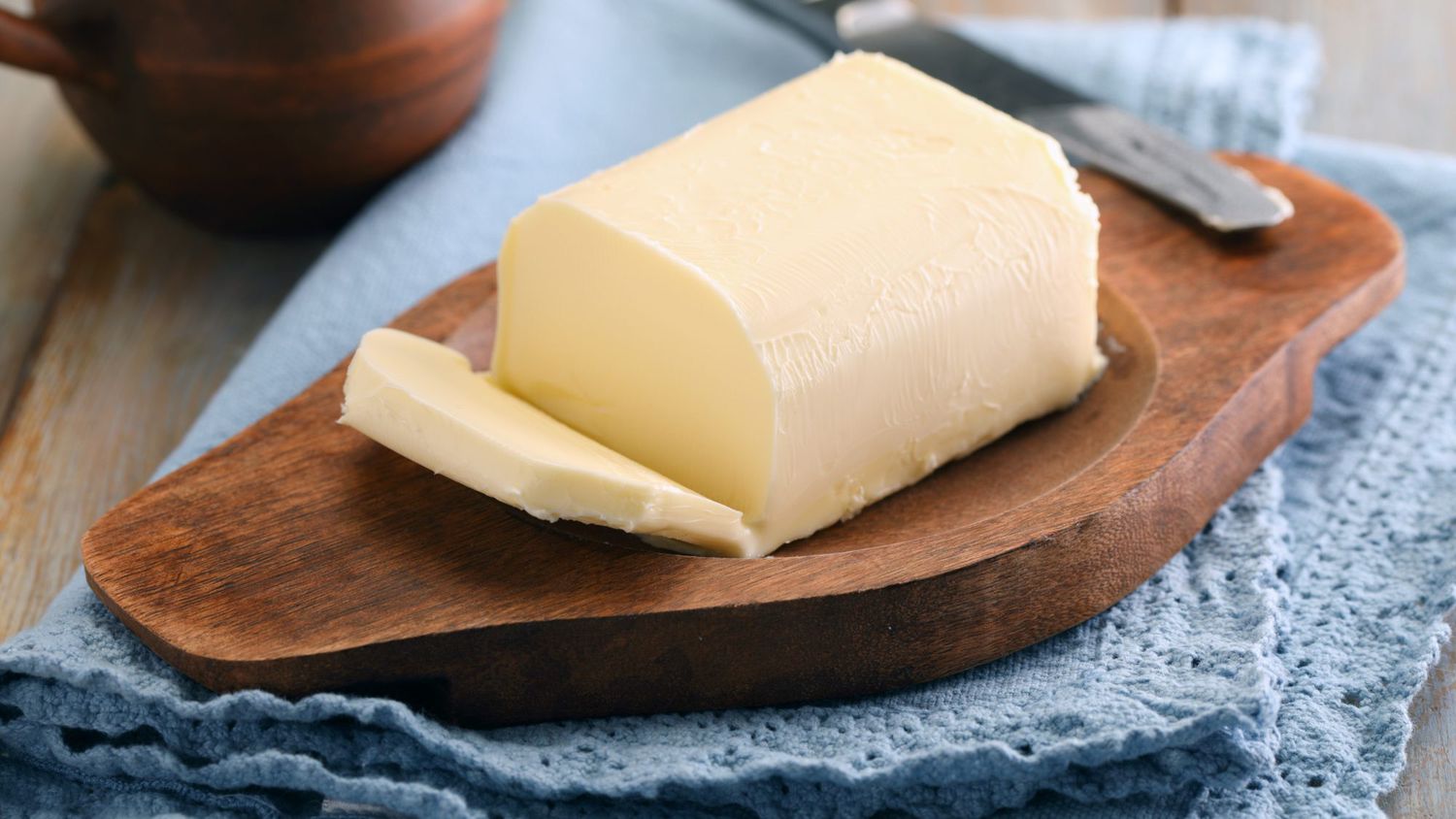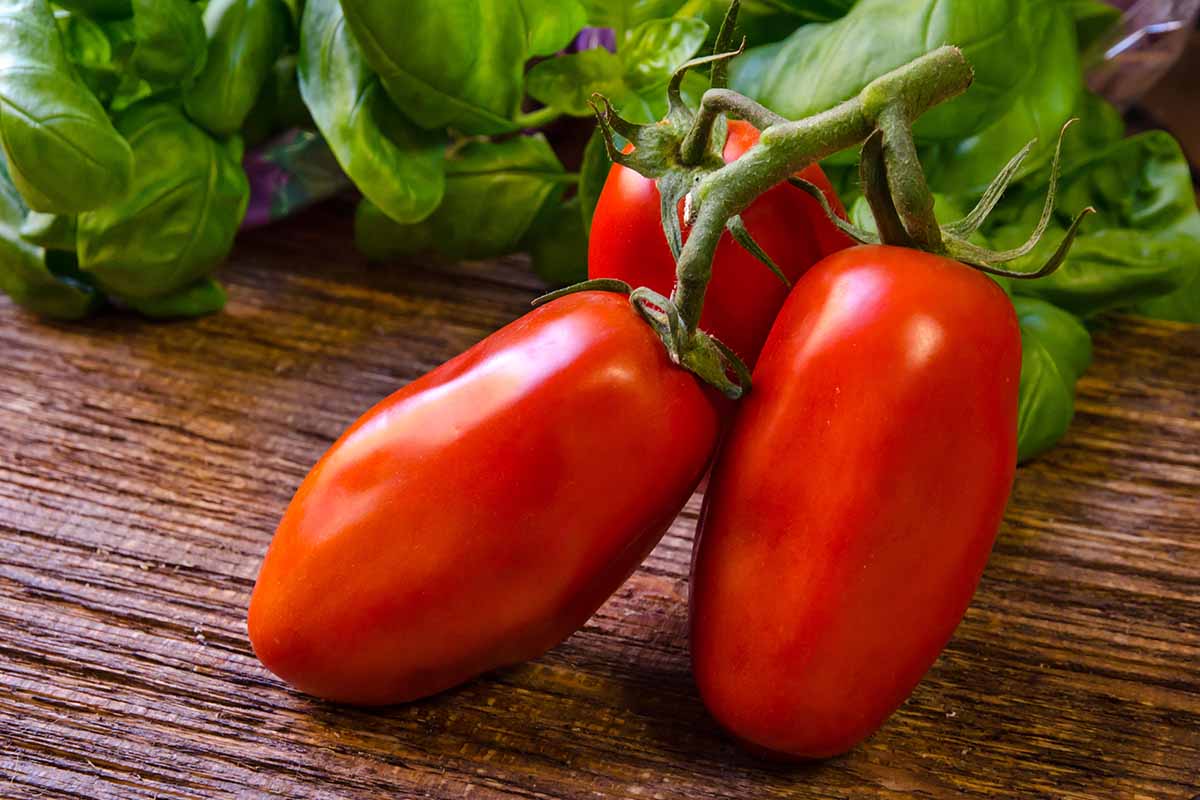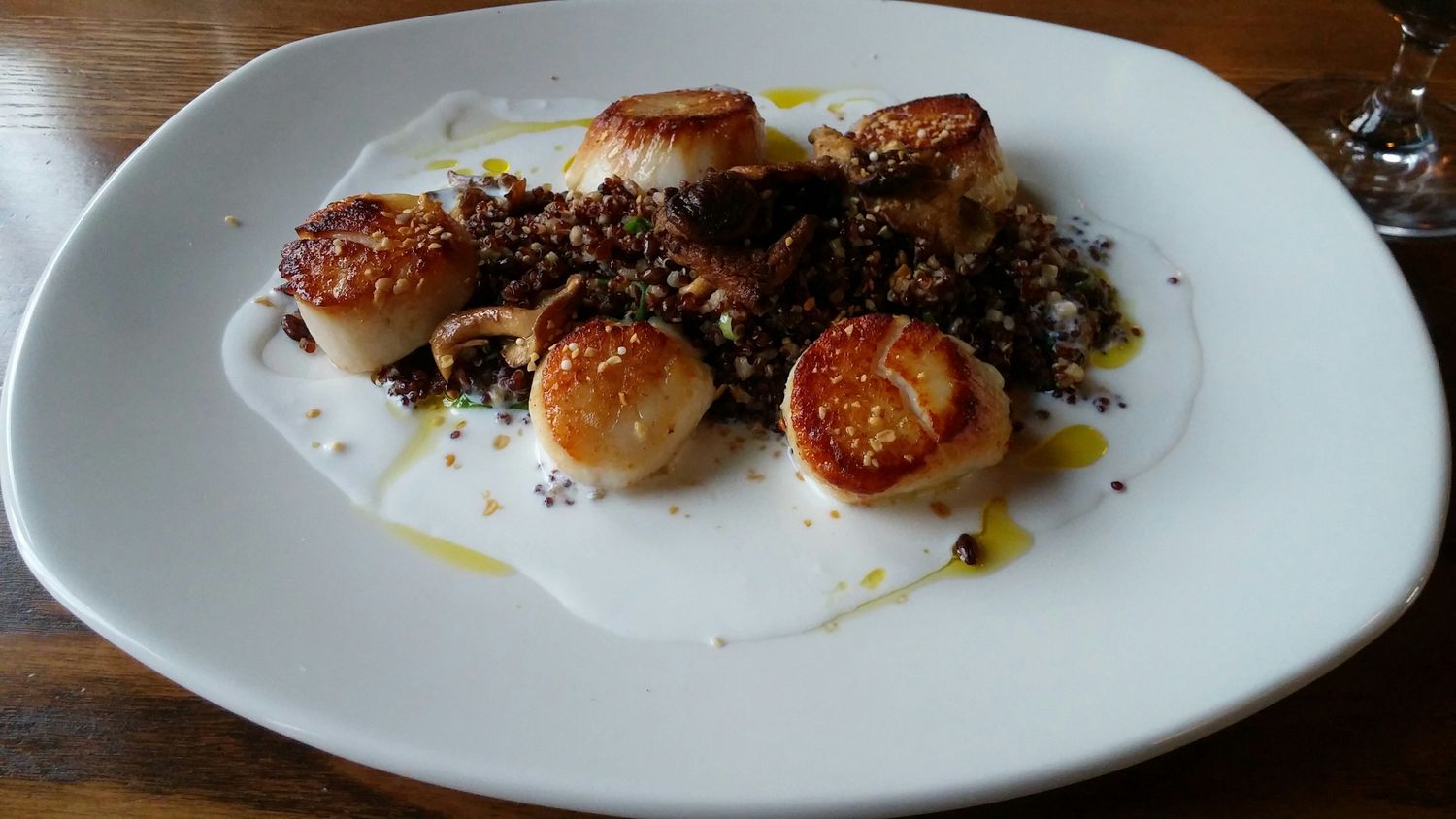Uncovering the Mystery of Spiky Fruit
Have you ever come across a strange, spiky fruit at the grocery store or in a tropical market and wondered what it is? You’re not alone! Spiky fruits are intriguing and exotic, and they come in a variety of shapes, sizes, and flavors. Let’s delve into the world of spiky fruit and uncover the mystery behind these unique and delicious treats.
Types of Spiky Fruit
Spiky fruit, also known as tropical or exotic fruit, encompasses a wide range of fruits that are characterized by their spiky or prickly exteriors. Some of the most popular spiky fruits include:
- Durian: Known as the “king of fruits,” durian is famous for its strong odor and custard-like flesh.
- Rambutan: This small, hairy fruit is sweet and juicy, with a translucent white flesh inside.
- Lychee: With a rough, red shell, lychee contains a sweet and fragrant white flesh.
- Jackfruit: This massive fruit can weigh up to 80 pounds and has a sweet, tropical flavor.
- Breadfruit: Often used in savory dishes, breadfruit has a starchy texture and a mild flavor.
Where Do Spiky Fruits Come From?
Many spiky fruits are native to tropical regions such as Southeast Asia, South America, and the Caribbean. These fruits thrive in warm, humid climates and are often enjoyed fresh or used in a variety of culinary dishes. Due to their unique appearance and flavors, spiky fruits have gained popularity in international markets and are now enjoyed by people around the world.
Nutritional Benefits of Spiky Fruit
Spiky fruits are not only delicious but also packed with essential nutrients. They are rich in vitamins, minerals, and antioxidants, making them a healthy addition to any diet. Some of the nutritional benefits of spiky fruit include:
- Vitamin C: Many spiky fruits are high in vitamin C, which supports immune function and skin health.
- Fiber: The fiber content in spiky fruits promotes digestive health and helps maintain a healthy weight.
- Potassium: Spiky fruits like jackfruit and durian are excellent sources of potassium, which is essential for heart health and muscle function.
- Antioxidants: These fruits contain powerful antioxidants that help protect the body from oxidative stress and inflammation.
How to Enjoy Spiky Fruit
There are countless ways to enjoy spiky fruit, whether you’re eating it fresh, incorporating it into recipes, or trying it in a new and creative dish. Here are some ideas for enjoying spiky fruit:
- Fresh: Simply peel and eat spiky fruits like rambutan, lychee, or durian for a refreshing and exotic treat.
- Smoothies: Blend spiky fruits with coconut milk and ice for a tropical and nutritious smoothie.
- Desserts: Use spiky fruits in desserts such as fruit salads, sorbets, or tarts for a sweet and flavorful twist.
- Savory Dishes: Incorporate spiky fruits like jackfruit or breadfruit into savory dishes such as curries, stews, or stir-fries for a unique and delicious flavor.
Exploring the World of Spiky Fruit
Spiky fruit is a fascinating and diverse category of fruits that offer a wide range of flavors, textures, and nutritional benefits. Whether you’re a seasoned spiky fruit enthusiast or a curious newcomer, exploring the world of spiky fruit is sure to delight your taste buds and expand your culinary horizons. So, the next time you come across a spiky fruit at the market, don’t hesitate to give it a try and experience the exotic and delicious flavors that these fruits have to offer.
Now that you’re armed with knowledge about spiky fruit, it’s time to embark on your own spiky fruit adventure and discover the unique and delightful flavors of these tropical treasures.
Was this page helpful?
Read Next: What Is A Quarter Pounder



